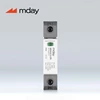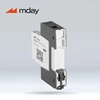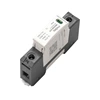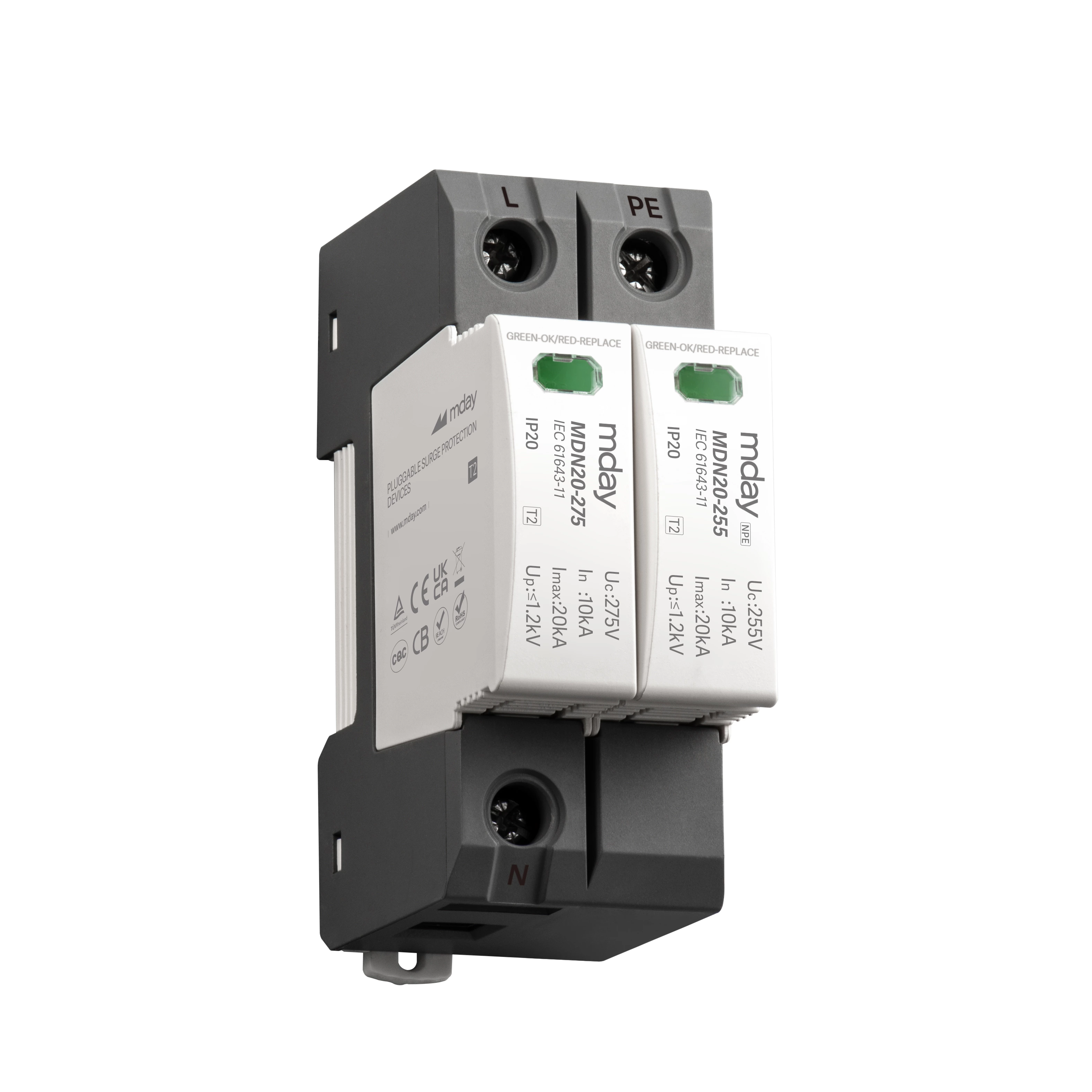How To Choose Surge Protector For Different Power Grid Systems
The design of the surge protection concept of the AC system depends on the existing power grid system, etc. These systems can vary according to the grounding design of the transformer providing the power supply, the power consumption system and the connection between them. At present, there are 4 main low-voltage power grid systems. So how to choose surge protectors for different power grid systems? Let's take you to understand.
1. TN-S system
How to choose surge protectors for different power grid systems, in this power grid system, one point of the power supply transformer - usually the neutral point - is usually directly grounded. The neutral conductor (N) and the protective conductor (PE) are connected to the power consumption system in separate conductors. The three-phase power supply consists of five conductors: L1, L2, L3, N and PE.
2. TN-C system
How to choose surge protectors for different power grid systems, in this power grid system, the neutral point of the power supply transformer is directly grounded. The neutral conductor and the protective conductor are connected to the power consumption system through a conductor (PEN). The three-phase power supply consists of four conductors: L1, L2, L3 and PEN.
For the above two TN systems, when selecting a surge protector, you only need to follow the relevant national standards, such as GB50057, GB51343, etc. The requirements for the surge protector itself also need to meet the national standards, and no special performance requirements are required. In addition, considering the GB12325 regulations that the positive deviation in the 220V power grid is not more than 7% and the aging of the SPD, a surge protector with Uc>220V should usually be selected when selecting the SPD.
3. TT system
How to choose a surge protector for different power grid systems, in which the grounding point of the transformer is connected to the system only as a neutral conductor. The various parts of the electrical system are connected to a local grounding system separate from the transformer grounding point. Neutral conductor and local protection.
The conductor is connected to the power system through a separate conductor. The three-phase power supply consists of five wires: L1, L2, L3, N and local PE.
For TT systems, we must install the surge protector downstream of the overcurrent protection device, and according to the relevant IEC standards, the overvoltage that the electrical insulation is allowed to withstand is Uc + 1200V, and the overcurrent protection device should be automatically cut off within 5s.
How to choose surge protection device for different power grid systems, in which the neutral point of the power supply transformer is not grounded, or is only grounded through high impedance. The parts of the electrical system are connected to a local grounding system that is separate from the transformer grounding point. If the neutral conductor is also wired from the neutral point of the transformer that provides energy, the neutral conductor is wired separately from the local protective conductor. The three-phase power supply consists of four or five conductors: L1, L2, L3 (if applicable) and local PE.
A feature of IT systems is that insulation faults to ground may occur in a limited time. This phase-to-ground fault only needs to be detected and reported by insulation monitoring for timely correction. Only when a second ground fault occurs will it cause a short circuit between the two phases and the relevant surge protective device will trip. Therefore, the surge protector used in IT systems must be able to withstand the phase-to-phase voltage and tolerance of the system. This is ensured by the specification requirement that only SPDs with a maximum continuous voltage of at least the phase-to-phase voltage plus the tolerance can be used between phase and PE in IT systems.
How to select surge protectors for different power grid systems? Do you understand? Due to limited space, the editor only made a simple introduction. If you want to know more details, the editor has selection schemes for different power grids here, which are more practical and suitable for electrical designers. Welcome to call for them.











